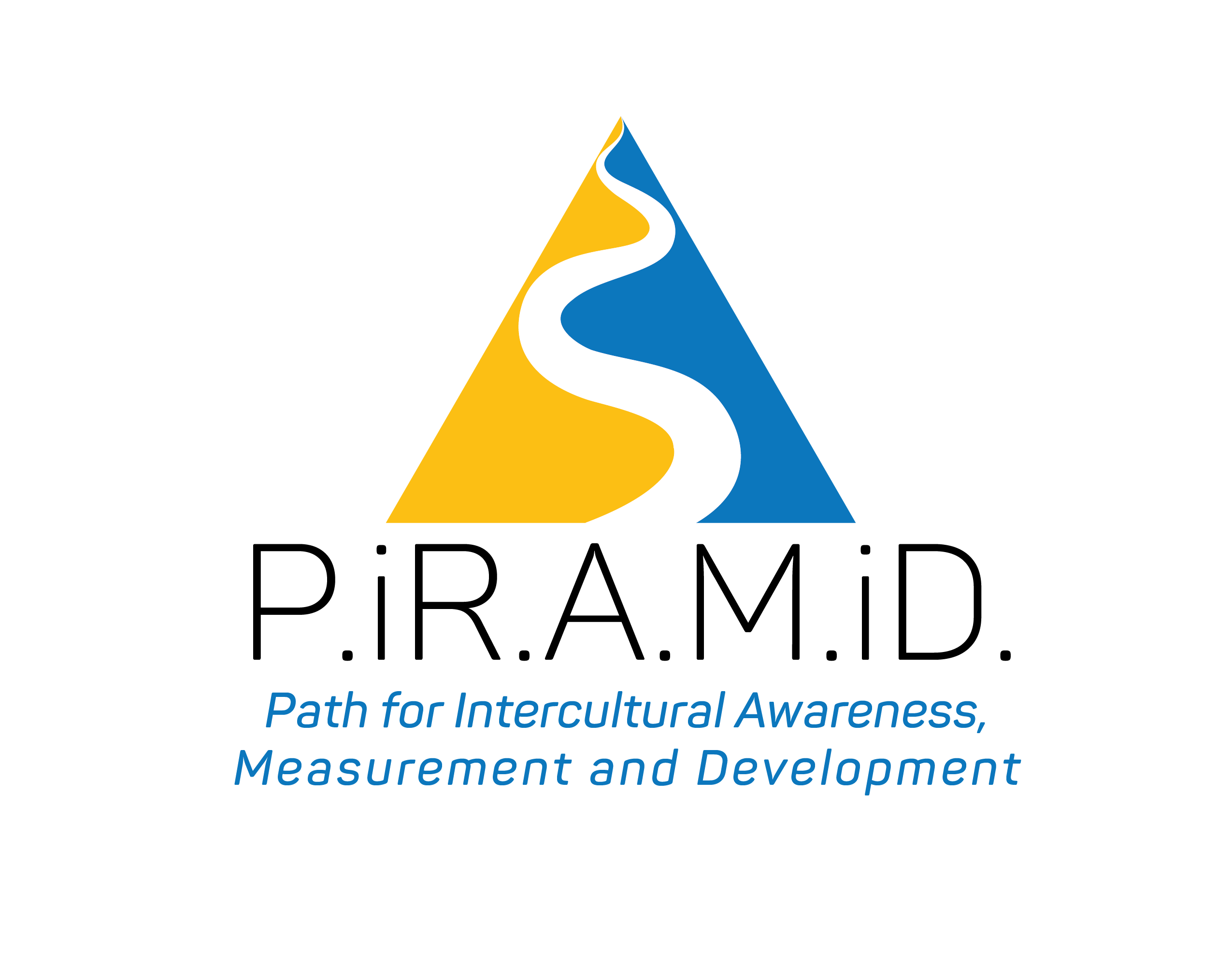This website use cookies to ensure you get the best experience on our website

P.IR.A.M.iD
2023-1-ES01-KA220-VET-000157060
Motivating a multicultural team: a personalized approach
15 April 2025

In an increasingly globalized workplace, motivating multicultural teams is one of the greatest challenges for modern leaders. Richard D. Lewis, in his seminal work When Cultures Collide, reminds us that what motivates people in one culture may demotivate them in another. As such, leaders must embrace a personalized approach, tailored to the cultural realities of each team member.
Understanding cultural differences in motivation
Let’s remember the three main cultural categories Lewis outlines in his book, each with distinct motivational drivers. The linear-active cultures (e.g., Germany, USA, UK) value planning, logic, and measurable outcomes. People are typically motivated by clear goals, deadlines, and recognition based on performance. However, in multi-active cultures (e.g., Italy, Latin America, parts of Africa) interpersonal relationships, emotion, and flexibility play a major role. Motivation is often fueled by strong personal connections, a warm environment, and open communication. Motivation is often tied to loyalty, subtle recognition, and long-term stability in the reactive cultures (e.g., Japan, China, Korea), which emphasize harmony, respect, and attentive listening.
Nevertheless, it is important to consider, with Lewis’s words, that"there is no international formula for motivation. It is essentially a national phenomenon; it can vary enormously between close neighbors." This quote highlights how even geographically close nations like France and Germany, or Sweden and Finland can have vastly different approaches to what drives people at work.
To effectively engage a multicultural team, leaders must adapt their strategies based on the cultural profiles represented. One of the key principles in multi-active and reactive cultures is trust, considered the foundation of motivation. Leaders should invest time in building relationships before pushing for results. In linear-active cultures, formal and public recognition of individual achievements and contributions strengthens motivation and fosters a sense of progress.
Furthermore, it is essential to encourage intercultural communication promoting a respectful, open dialogue across cultures, which creates an inclusive environment where all voices feel valued. In addition, the use of clear, measurable objectives for team members from linear-active cultures is crucial, while allowing flexibility and collaboration for those from multi-active cultures.
In a nutshell, motivating a multicultural team cannot be approached with a universal formula. It requires a deep understanding of the values, expectations, and communication styles that differ across cultures. By embracing a personalized approach, leaders can foster a working environment that is both harmonious and high-performing where every team member feels engaged and empowered. “Cultural intelligence is not just about knowing others - it's about adapting your leadership to bring out the best in everyone”.
Resources:
When Cultures Collide. Leading across cultures (Third edition). Richard D. Lewis. Printed in Finland by Bookwell, 2006, 1999, 1996.

This project has been funded with support from the European Commission.
This publication reflects the views only of the authors, and the Commission cannot be held responsible for any use which may be made of the information contained therein.
